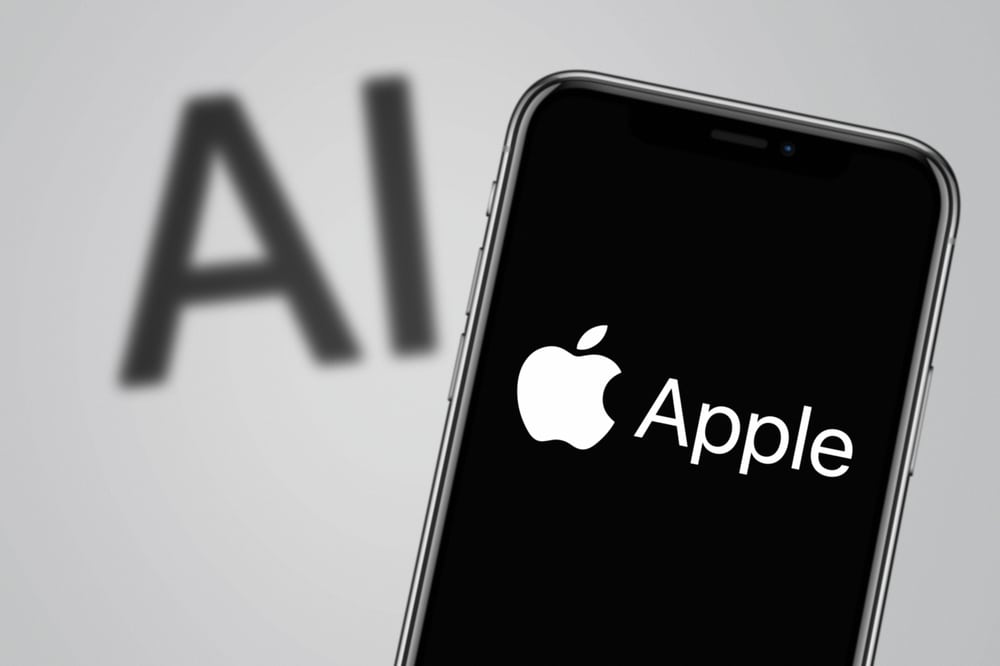Key Insights:
- Apple chooses Google’s TPUs over Nvidia’s GPUs, indicating a strategic shift in AI model training.
- Apple Intelligence debuts with new features including enhanced natural language processing and an updated Siri interface.
- Google’s cost-effective TPUs help Apple efficiently scale its AI training, aiming for a competitive edge in the evolving AI market.
Apple announced that its AI models were pretrained on processors designed by Google, signifying a shift among major tech companies to explore alternatives to Nvidia’s graphics processing units (GPUs) for advanced AI training. This development was outlined in a recent technical paper by Apple, which also introduced a preview of its new AI system, Apple Intelligence.
Adopting Google’s TPU for AI Training
Apple’s choice to utilize Google’s Tensor Processing Units (TPUs) for AI model training is a notable deviation from the industry norm, where Nvidia’s GPUs have been the primary choice for high-end AI training. The use of TPUs was detailed in Apple’s technical paper, which revealed that the Apple Foundation Model (AFM) and AFM server were trained on “Cloud TPU clusters.” This indicates that Apple leveraged Google’s cloud infrastructure to conduct the extensive calculations necessary for training its AI models.
Google’s TPUs, initially introduced in 2015 for internal workloads and made publicly available in 2017, have become a prominent alternative in AI processing. Apple’s use of TPUs underscores the increasing demand for scalable and efficient AI training solutions beyond Nvidia’s offerings, which have faced supply constraints due to high demand.
Features of Apple Intelligence
Apple Intelligence, which was previewed for some devices on Monday, introduces several new features aimed at enhancing user experience through advanced AI capabilities. These features include an updated interface for Siri, improved natural language processing, and AI-generated summaries in text fields.
Over the coming year, Apple plans to expand the system’s functionality to include generative AI tasks such as image and emoji generation, as well as an enhanced Siri capable of accessing personal information and performing actions within apps.
Apple’s late entry into the AI race, compared to its peers, marks a strategic shift towards integrating generative AI technologies into its ecosystem. The deployment of these features aims to keep Apple competitive in the rapidly evolving AI landscape, where companies like OpenAI, Microsoft, and Anthropic have already established a significant presence using Nvidia’s GPUs.
Technical Specifications of AFM Training
The technical paper disclosed that the AFM on-device model was trained using a single “slice” of 2048 TPU v5p chips, the latest version launched in December. For the AFM-server model, Apple employed 8192 TPU v4 chips, configured into eight slices through a data center network. This setup allowed Apple to efficiently scale its AI training processes.
Google’s TPUs are known for their cost-effectiveness, priced at under $2 per hour when booked for three years in advance, according to Google’s website. This affordability, coupled with their maturity and reliability in AI processing, makes TPUs an attractive option for companies seeking alternatives to Nvidia’s GPUs.
Industry-Wide AI Infrastructure Investments
The broader tech industry has seen significant investments in AI infrastructure, with major players like Meta, Oracle, and Tesla also vying for Nvidia’s GPUs to bolster their AI capabilities. Meta CEO Mark Zuckerberg and Alphabet CEO Sundar Pichai recently acknowledged the potential overinvestment in AI infrastructure, but emphasized the critical importance of staying competitive in the AI domain over the next decade.
“The downside of being behind is that you’re out of position for like the most important technology for the next 10 to 15 years,” Zuckerberg stated in a podcast with Bloomberg’s Emily Chang.
Despite the increasing competition and potential overinvestment concerns, the reliance on diverse AI training solutions, including Google’s TPUs, highlights the dynamic nature of the AI industry. Companies are continuously seeking innovative ways to optimize their AI models and maintain a competitive edge.
Apple’s latest technical paper follows an earlier, more general version published in June, where the company initially mentioned its use of TPUs for AI model development. The recent detailed disclosure of its AI training processes reflects Apple’s commitment to transparency and its strategic approach to advancing its AI capabilities.
Editorial credit: QubixStudio / Shutterstock.com
At Tokenhell, we help over 5,000 crypto companies amplify their content reach—and you can join them! For inquiries, reach out to us at info@tokenhell.com. Please remember, cryptocurrencies are highly volatile assets. Always conduct thorough research before making any investment decisions. Some content on this website, including posts under Crypto Cable, Sponsored Articles, and Press Releases, is provided by guest contributors or paid sponsors. The views expressed in these posts do not necessarily represent the opinions of Tokenhell. We are not responsible for the accuracy, quality, or reliability of any third-party content, advertisements, products, or banners featured on this site. For more details, please review our full terms and conditions / disclaimer.
